Jailtime for Retro Game Console Reviews? Italy’s Copyright Enforcement Sparks Debate
Italian YouTuber raided over handheld review, faces possible jail time.
Meet the teacher who makes learning Linux cool and exciting for students.


Stu Keroff is an excellent teacher 📚 with a mission to change the world, one computer at a time.
If you have been in the Linux space for a while, you have probably heard the name.
He uses Linux and educates students to make the best use of it in school. Stu's approach to Linux clubs in schools and communities has had a massive impact.
So, it would be exciting to know how it all happened, where it started, and what he thinks about more people learning Linux. We sent him some questions, and he replied with many useful and interesting insights.
Let's take a look 📖
Q. Popularly known for educating students to learn and use Linux/Open-Source. How did you start using Linux?
A: I remember reading an article about Linux back in (maybe) 1998 or 1999, and I was fascinated by it, but I didn’t actually try it for the first time until late 2005.
I obtained a used computer from a tech friend and started experimenting with it. My first distros were Linspire and Mepis. From there, I moved to Ubuntu. At first, it was just having fun and learning how to make things work. Then, I started trying to do more of my teaching work using Linux. Then, it was getting students interested and involved.
Q. We have read about your small and big Linux clubs and the idea of it inspiring other teachers to spread the knowledge of Linux to students. What kind of hurdles did you face initially? Did it all go as you’d expected?
A: I first started doing Linux clubs at school back in 2012, and the whole thing started by accident. Our school had started a 1:1 laptop program that year, and almost immediately students started breaking and losing laptops. I wanted to integrate tech into my teaching, but I would have students in each class that did not have a laptop because they had broken it.
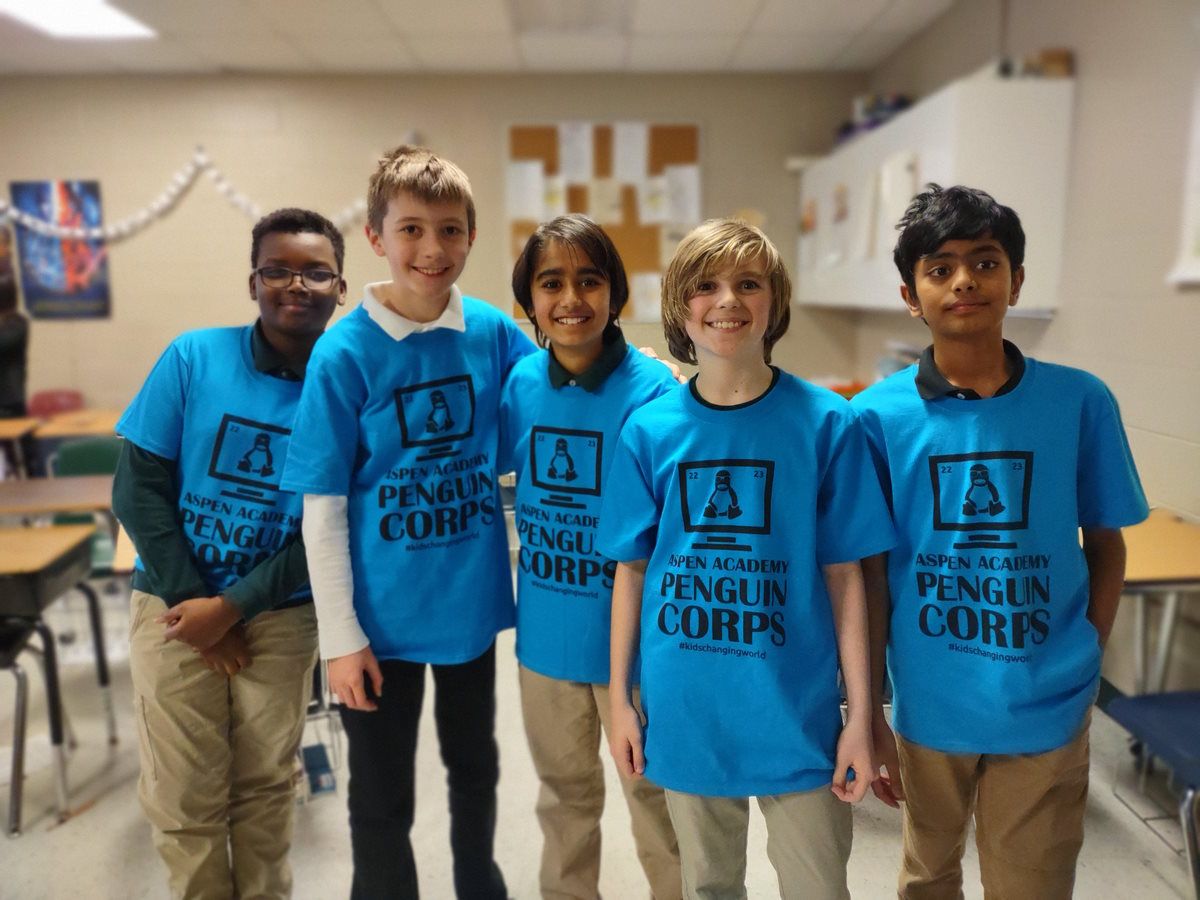
I received a hardware grant from a local non-profit called Free Geek Twin Cities, which gave me four Linux desktop computers for my classroom. I figured kids who didn’t have laptops could take turns on those. The kids loved the computers. Some of them started coming to my classroom after school to play on the computers while waiting for the after-school program to begin. I figured since they wouldn’t leave, I would teach them some lessons on how the computers worked. That grew into the first club: the Community School of Excellence Asian Penguins.
Then over the next 11 years, through a lot of trial and error, we came up with a lot of ideas of what a school Linux club could be, what types of activities the kids could do, and what they could learn.
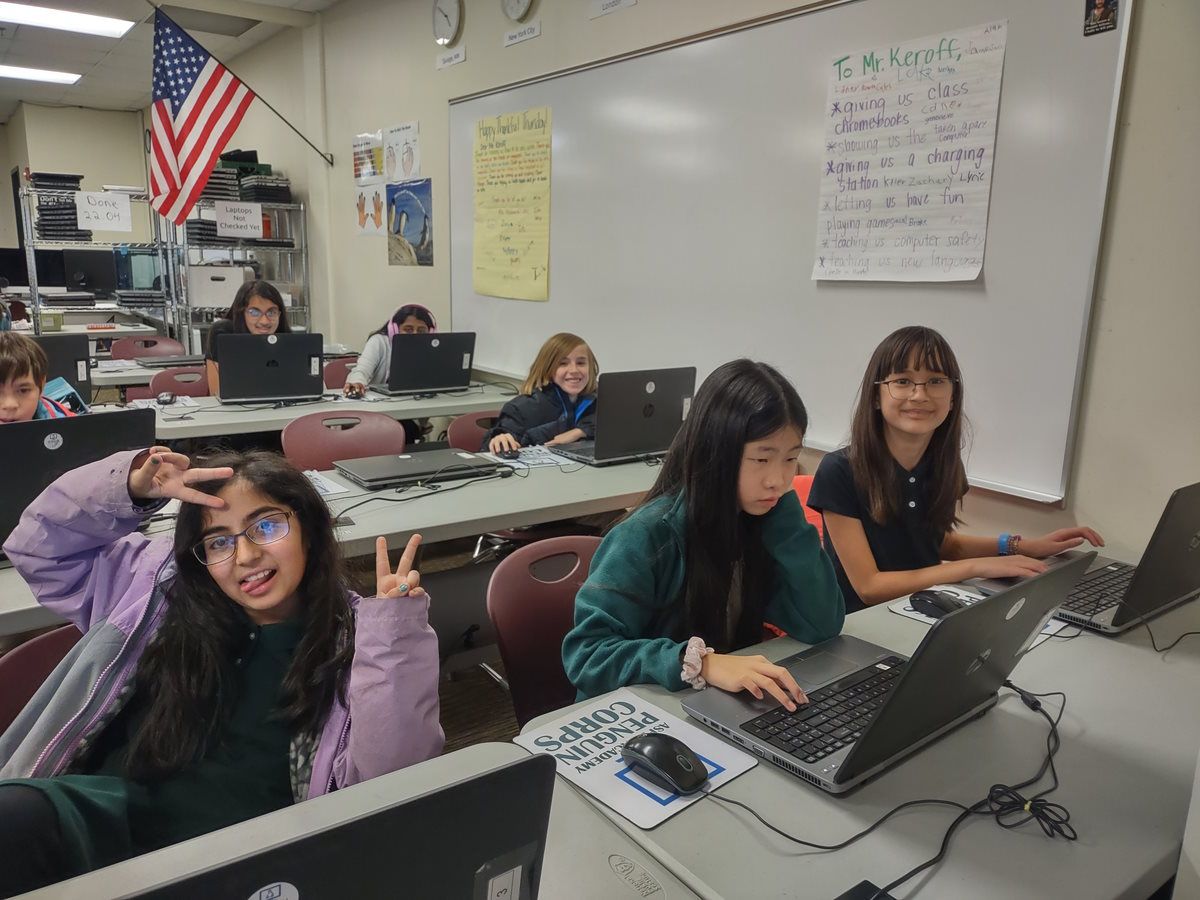
The biggest hurdles have usually been simple school logistics: making sure there was time in the week for the club to meet, making sure we had a space to meet, those kinds of things. We had to be creative with time, sometimes meeting during lunch and recess time, sometimes meeting after school, and sometimes meeting before school.
Another hurdle was trying to get other teachers or schools interested in doing Linux clubs. I consistently ran into adults who were convinced they couldn't do it. In my mind, the idea was so simple and had so many benefits I just assumed other schools would do it on their own. That proved to not be the case.
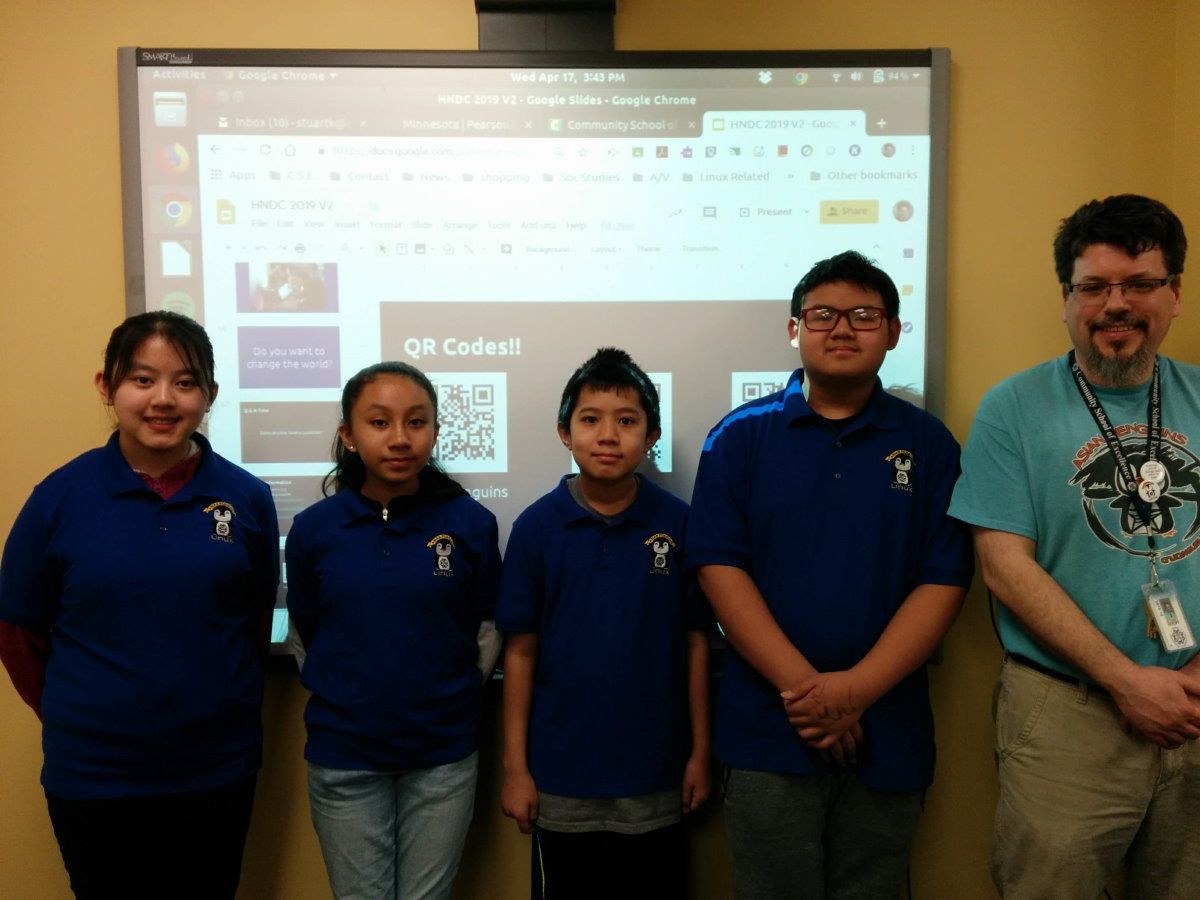
That was one of the inspirations behind me writing “The Linux Club Guide”. When I went to Open Source North in 2016, I was asked if I had written a template for other people to use to start a Linux club. At that time, I had not, so I put together as many helpful ideas as I could think of.
Q. Linux and open-source can be helpful to revive computers and re-purpose them for learning and education.
You have proved the point by helping kids learn from home during the pandemic. What part of the experience would you want to share with our readers?
A: Wow, there are so many things to share. I had just started working at Aspen Academy the same year the pandemic hit. When it started to look like we were going to have to do distance learning, the school came to me to see if I had any ideas for how to get devices for students.
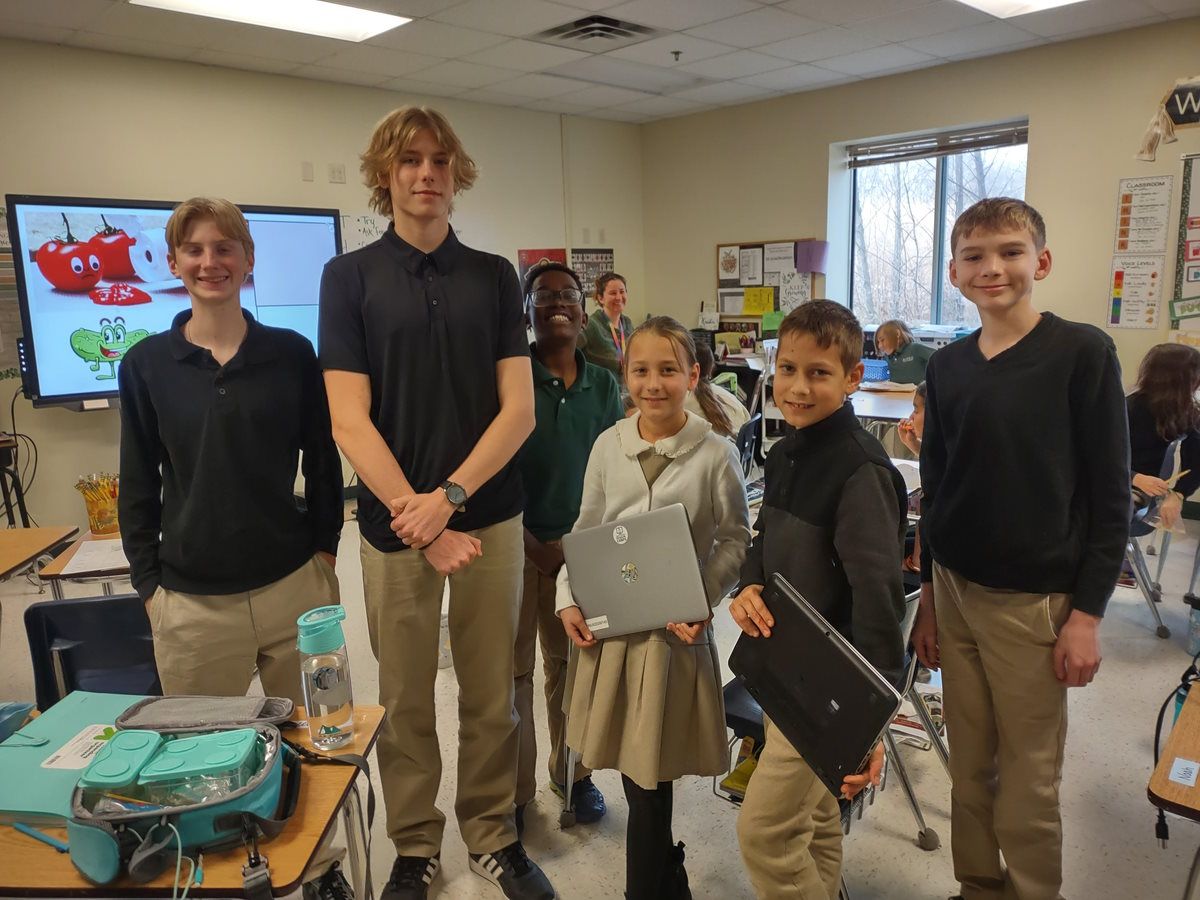
Our school was not a 1:1 school, and we did not have enough Chromebooks or other devices to meet the need. I came up with the idea of launching an appeal through social media and local news to get donations of laptops that my Linux club students and I could put Linux on and then give away to families that needed them.
We had already started a computer donation program at school, so this was a logical extension. Prior to the pandemic, we gave away six computers. In the spring the pandemic hit, and we gave away 60. When we came back to school in the fall, we sent over 350 computers to students’ homes. It was through this model of Open Source software, used hardware, and student techs that our school closed its Digital Divide. Using Linux and donated computers, we estimate that we saved our school over $150,000.
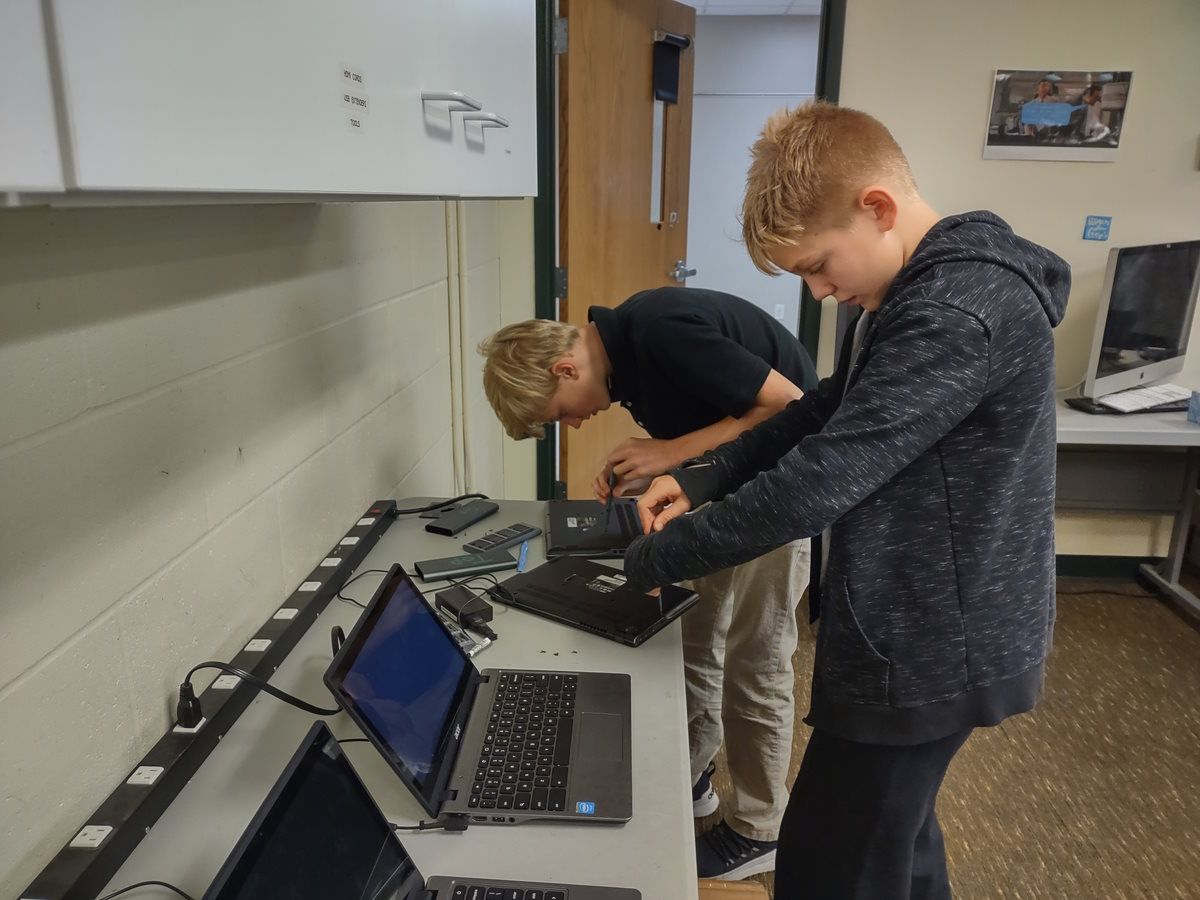
People outside our school were interested in our project, so we got the opportunity to speak at several education and technology conferences. To date, we have presented at over 12 conferences, with the students and I sharing speaking duties.
Much of this can be seen on our Youtube channel:
Of course, it’s always a thrill to see the look of pride on a kid’s face when he or she learns how to make a computer usable for another student or to see students take the lead in teaching a lesson at a club meeting.
Q. Even if Linux is useful for education, most demographics may not know it (considering schools in every country). What do you think is the problem that can help turn this over?
A: The big problem with getting Linux into schools is one of familiarity. Windows, Chrome OS, Mac OS, and iOS are each backed by major corporations with a lot of marketing muscle. In the Linux world, there are a few hundred different Linux distros, mostly with very small marketing departments and no strategy for getting the attention of school superintendents, principals, or board chairs. And since many of those school leaders may not be familiar with Linux, they will not simply advocate for it themselves.

Since there are major roadblocks for getting Linux in the front door, one possible solution is bringing Linux in the back door: through extracurriculars like the Linux clubs I run. If you have students learning to use Linux after school, and from there they use their knowledge to help their school or their community, you can make a big impact without having to completely remake the school’s technology policies.
Q. Apart from using and teaching Linux, what else do you do? You can mention any of your hobbies or things that you do to detox.
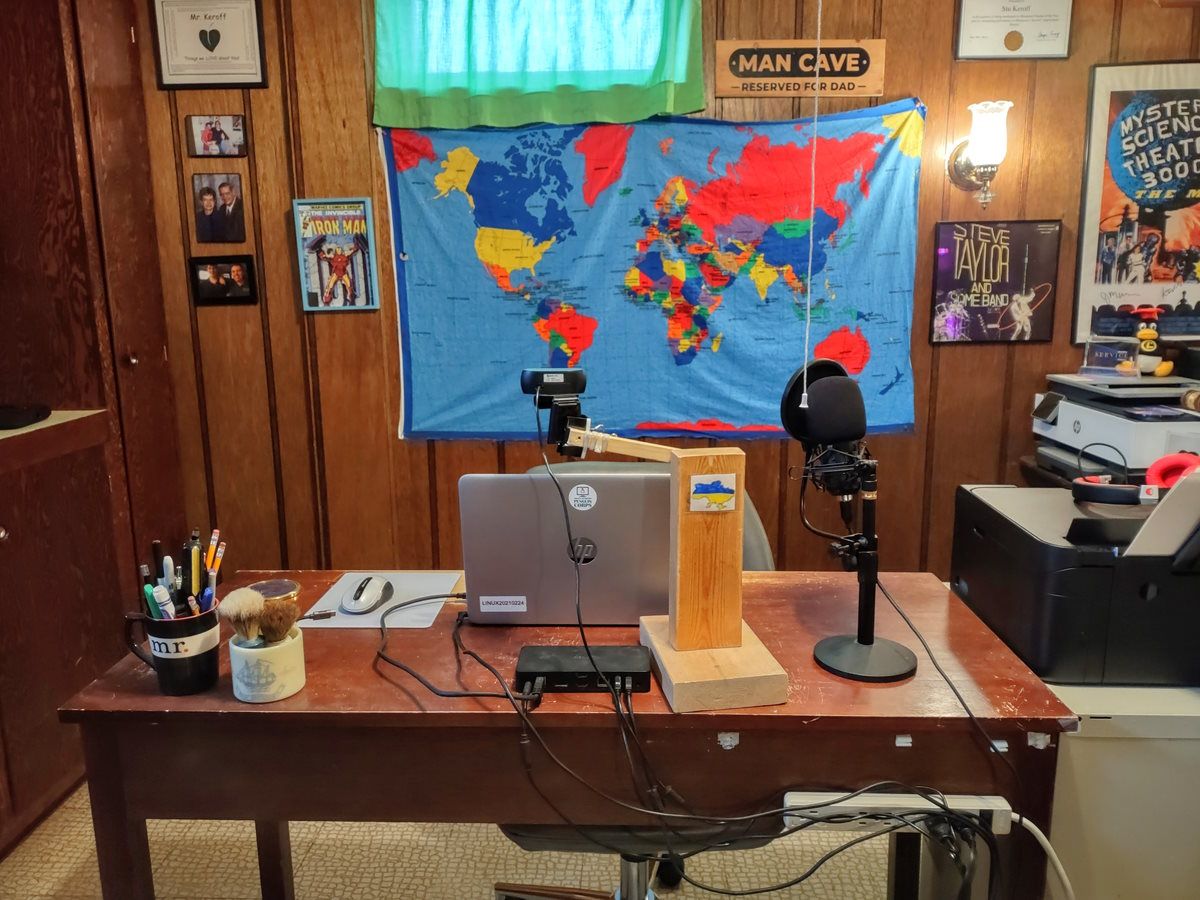
A: I enjoy hanging out with my wife and kids, I love watching science fiction movies. I am a big fan of DC movies (#restorethesnyderverse). Marvel movies are fun, too. I like to listen to music and go to stores that sell used records to look for old albums. I also enjoy riding my bike.
Q. Considering you are one of the most talented teachers and a dad at the same time. How do you encourage your kid(s) to explore Linux?

A: With both of my kids, just putting Linux in front of them proved to be a pretty good encouragement. My kids have been using Linux from an early age. My son currently uses a desktop computer that we picked him up at Free Geek Twin Cities that runs Ubuntu, and he loves it. My daughter is mostly a Windows user, but I did give her a Linux laptop just in case she needs it for her classroom. She’s a teacher, too.
Q. Back when you started, Linux was not as popular. But, now that it is catching up with its use cases, numerous options can confuse students. What distro would you suggest for them?
A: Stick with something that has a large user base, is supported on a wide variety of hardware, and has a predictable release cycle that won’t need to be replaced part way through your school year.
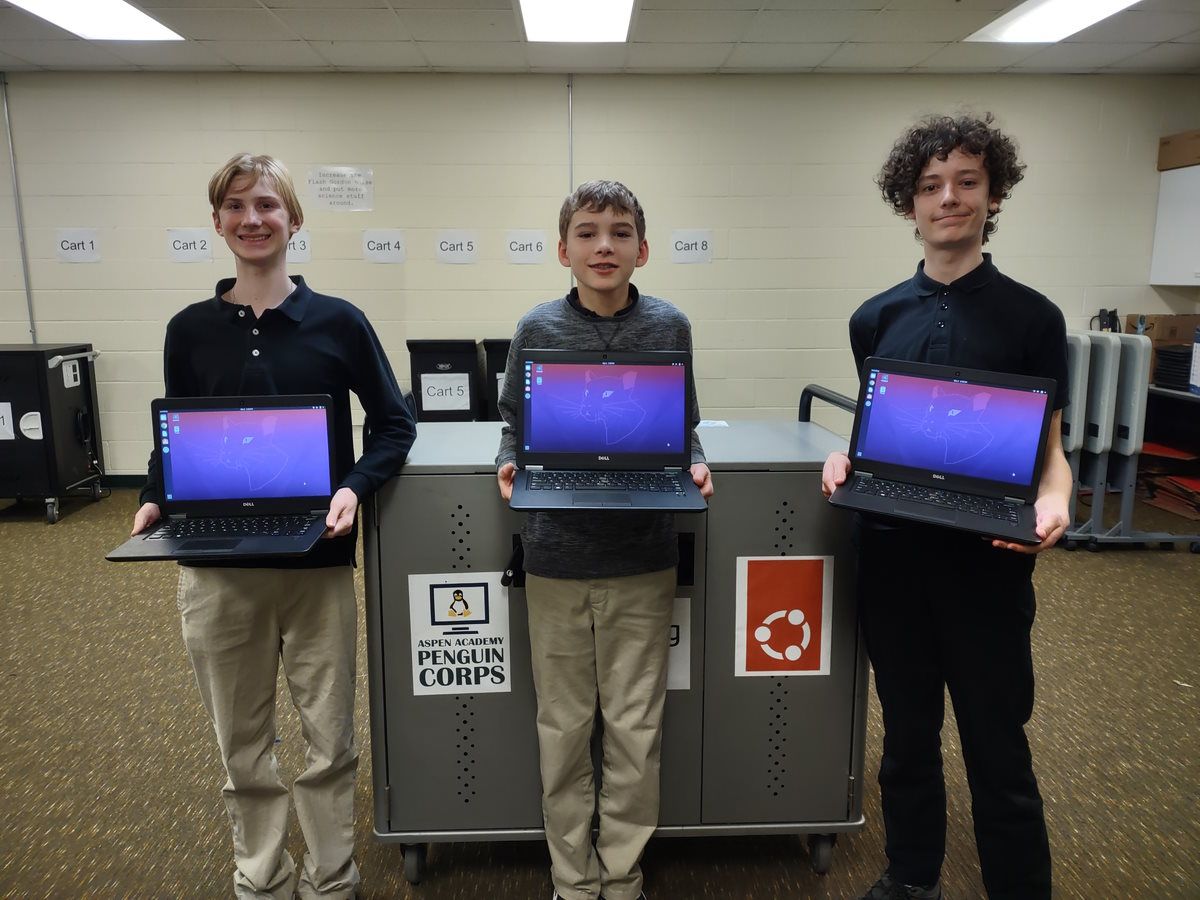
Also factor in what you actually plan to use the computers for. If you plan to use the computers for standardized testing, look at the distros the test vendor actually supports. In Minnesota, our students have to take an annual test, and the test’s software vendor only makes a version of their app for two distros. That influenced our choice. Because of all of these factors, I recommend Ubuntu. Ubuntu also has the plus of being a fine distro that is eye-catching and easy to learn to use. The kids like it, and so do I.
Q. If other teachers want to create a computer lab with Linux, what kind of roadmap or plan would you propose? (of course, including following the guide available)
A: If at all possible, try to use the same model of computer in your lab, so you can change parts, batteries, or chargers between the computers as needed. Using the same model can also help with getting the software installed if you are using a solution like Clonezilla. Then try to think of at least some of the lessons you want to teach kids and what software you will need for those lessons. Make your software list. Do an installation on one computer, including how you want the desktop configured. Then clone that computer so that all of the computers for your lab turn out the same.
Q. What message would you want to pass on to our readers who love open-source and Linux?

A: Get involved with teaching your love of Linux and Open Source to kids in your community. Get involved in a school. Offer to run an after school club. If you are a teacher, look for opportunities to use Linux at school. Meet the techs of tomorrow where they are today: in class.
Stay updated with relevant Linux news, discover new open source apps, follow distro releases and read opinions